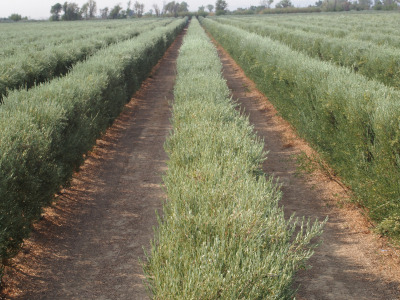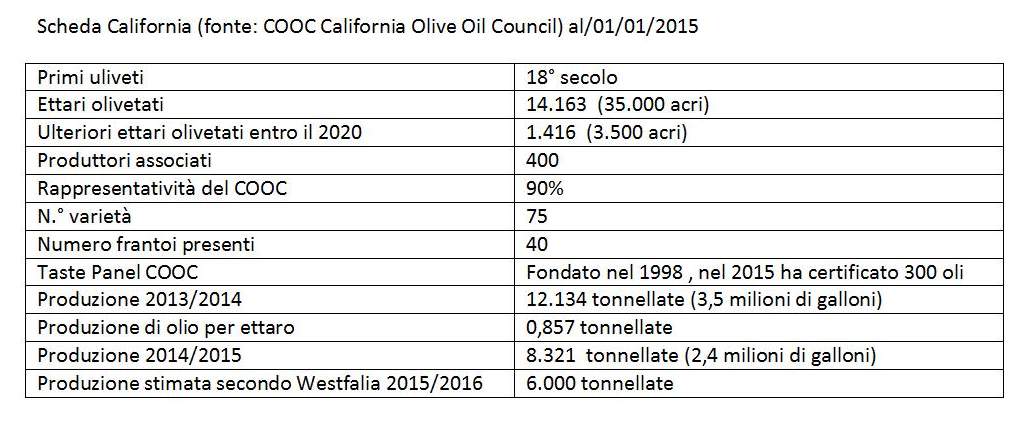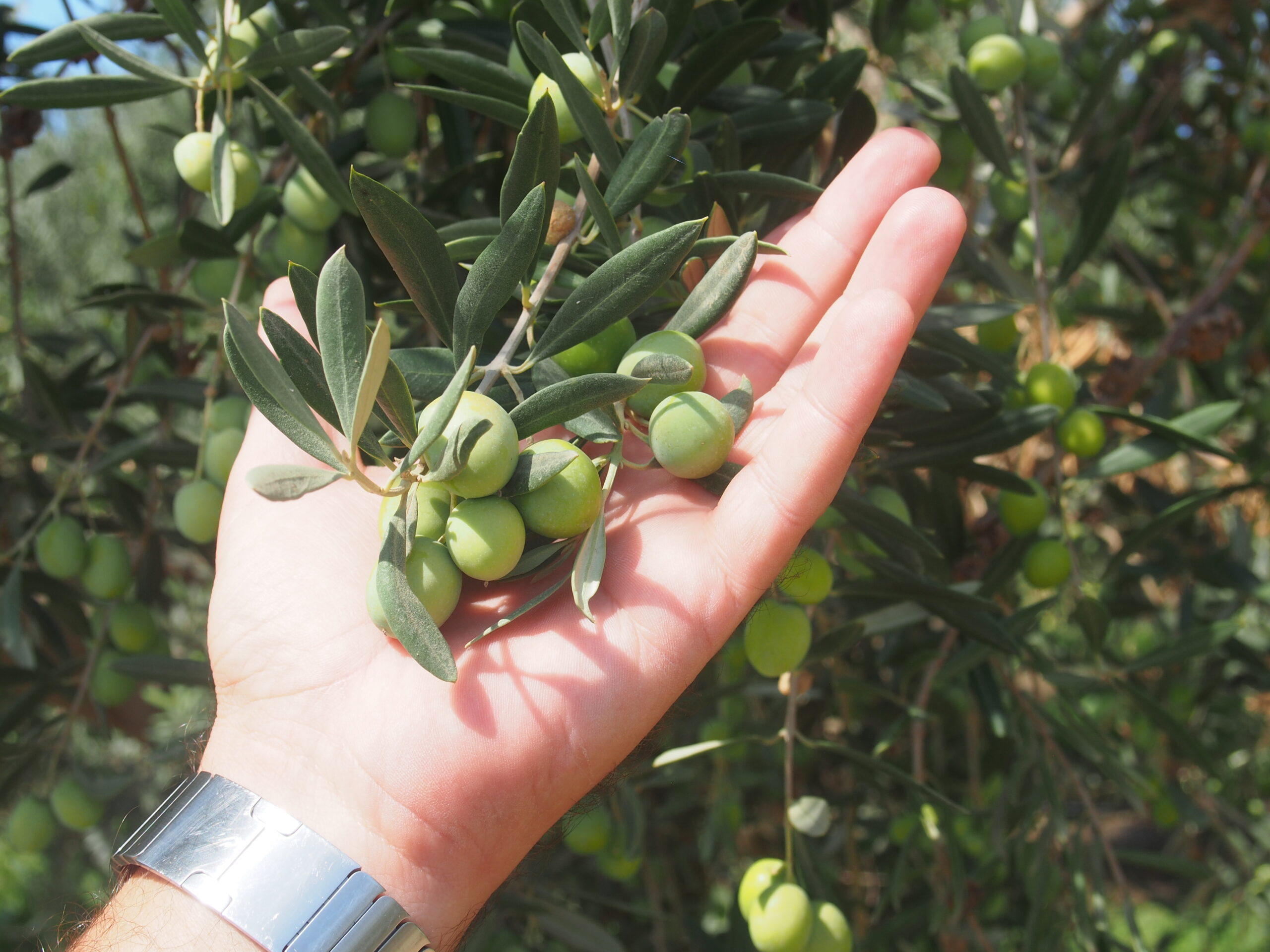California, bridgehead of the oil sector
Olive oil is no longer an exclusive speciality of Mediterranean countries. In other areas too this sector is boosted by strong marketing strategies, aimed at achieving ambitious targets. The United States in particular are quite determined: they have refused to join the IOC, added or modified chemical parameters, launched a campaign against imported oils and protected their production by banning a widely used pesticide, chlorpyriphos-ethyl. There is every reason to believe that the Americans will win their bet: the prerequisites, in terms of marketing, professionalism, available land, laws and media support, are all there

When we speak of olive oil production, we usually refer to the Mediterranean basin, hence EU countries (Spain, Italy and Greece) and non-EU ones, such as Turkey, Tunisia and Morocco. Very little attention is paid on the other hand to faraway countries such as Australia, the United States and Chile, to name a few.
The reason is quite simple: over 98% of the world’s olive oil is produced in the Mediterranean region. Obviously, the remaining quota is quite insignificant, but among these overlooked areas, California is starting to play an important role.
The US are now considered one of the most promising new markets for olive oil outside of the traditional production and consumption areas, and the outlook for the future is even better.
The figures supplied by IOC (the International Olive Council) show that in the 2013-14 season, 301,500 tonnes of olive oil were consumed in the United States. Since, they imported 302,000 tonnes of oil during that same period, it is obvious that they depend entirely on import to satisfy the internal demand for these goods.
This would appear to be the reason behind the United States’ decision not to join the IOC, adding or modifying certain chemical parameters, to launch a campaign against importing oils from Mediterranean countries and protect their production by banning a pesticide, chlorpyriphos-ethyl, that is widely used in other countries, such as for instance Italy. The States have also strengthened their bonds with Australia, the University of California, Davis, has founded an olive centre to promote olive research and education, a specialized magazine (Olive oil times) is now issued, and there are countless competitions and awards for the best national oils.
These are extremely strong marketing strategies, aimed at achieving ambitious targets that have escaped the more established Mediterranean producers. However, the figures published on the COOC website show a different picture from that given by the International Olive Council.

If the latter organization declares an average production of 4,500 tonnes and on the ground of Westfalia’s calculations, forecasts a production of 6,000 tonnes for the 2015/2016 season, according to the COOC the overall production is much greater, equal to approximately 11,000 tonnes.
In California, the main olive production area in the US, a super-intensive cultivation method is adopted yielding greater harvests at lower costs; moreover, the local olive industry can be considered in all fairness an oligopoly.
In order to increase Californian olive oil consumption and prevent improper labelling, this State has recently passed a new law regulating olive oil branded as “made in California”.
Although the figures regarding production disagree, it is undeniable that California is making great progress in this sector: all efforts are made to expand the production areas, increase the quality of the oil and make it more appealing to the local market, so as to counteract, with the support of American media and political authorities, the European supremacy.
Although cultivation, as mentioned previously, is super-intensive, the extra virgin oil is still produced when the olives are green or starting to turn a darker colour (early stages of veraison). In some areas, the drupes are harvested in September, and at night-time, when the temperatures are more tolerable. Yields are therefore lower, but the quality of the oils is much greater.
California seeks to achieve the same results in this sector as it did for wine, becoming in a short time the fourth producer worldwide. Its aim is to make the production of extra virgin olive oil a profit-generating activity, something that seems far out of the reach of the current key-producing countries, which continue to produce thanks to state aids, and have a different “business concept”.
California’s Central Valley is the home of its most productive agricultural area, and produces a significant percentage of the United State’s global agricultural output. In 2013, the crops produced there were worth 46.7 billion dollars, whereas the national agricultural output was of 269.1 billion dollars. The part furthest north of California’s Central Valley is also known as “Sacramento Valley”, from the name of the river crossing it.
At present, the large expanses of land available between Sacramento and Chico are non-irrigated and are therefore rather barren. Water is used for more profitable crops such as almonds and walnuts.
The almond sector, for instance, gives work to 104,000 persons and generates an overall revenue of over 21 billion dollars. If however, as it seems probable, the demand for extra virgin olive oil continues to grow, the thousands of hectares available could be turned into olive orchards.
In 2015-16, California should produce about 11,000 tonnes of olives, equal to what is harvested in Lazio, central Italy, but the levels are bound to increase. The prerequisites, in terms of marketing, professionalism, available land, laws and media support, are all there.

To comment you have to register
If you're already registered you can click here to access your account
or click here to create a new account


Comment this news